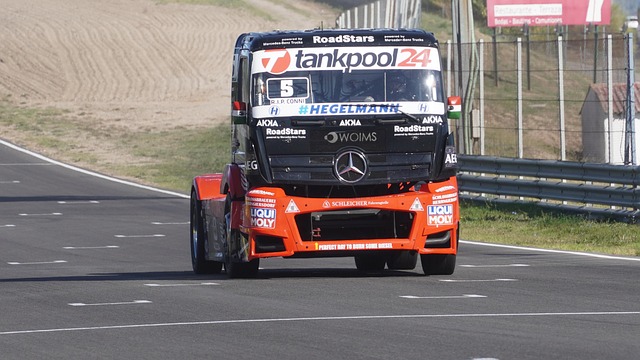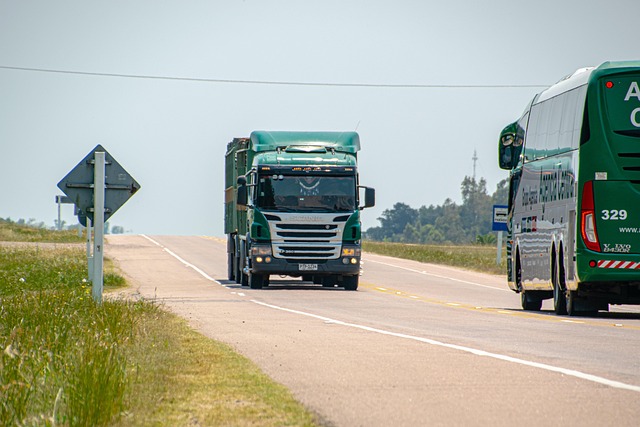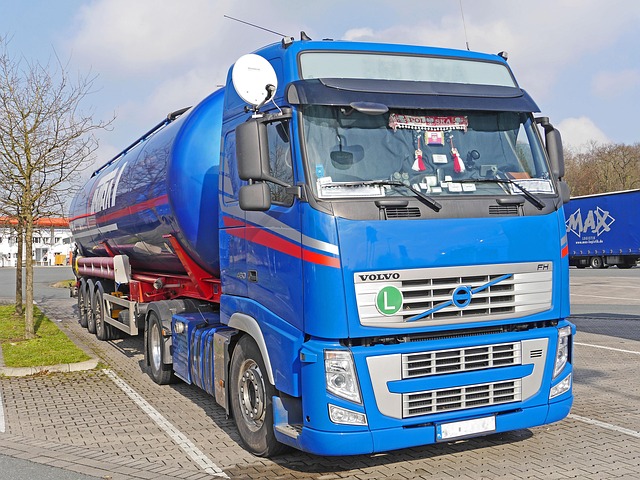Registering a car in California involves understanding a straightforward yet meticulous process. This guide will walk you through each step, from gathering essential documents to verifying vehicle identity using a DMV VIN verifier. Learn how to complete the registration application form and pay fees, ultimately receiving your plates. Ensure everything is in order to navigate the California car registration process smoothly.
- Understanding the California Car Registration Process
- Gathering Necessary Documents for Registration
- How to Verify Vehicle Identity with DMV and VIN
- Completing the Registration Application Form
- Paying the Registration Fees and Receiving Your Plate
Understanding the California Car Registration Process

Understanding the California Car Registration Process
In California, registering a car involves several steps that must be completed at a DMV (Department of Motor Vehicles) office or through an authorized agent. The process begins with gathering essential documents such as proof of ownership, valid identification, and current vehicle insurance. Once these are in order, the next step is to obtain a Vehicle Identification Number (VIN) verifier from the DMV, which ensures the vehicle’s authenticity. This is crucial for identifying the car’s history and ensuring it meets all legal standards.
After acquiring the VIN verifier, you can proceed with the actual registration. This includes filling out the necessary forms, providing details about your vehicle, and paying the registration fees. For convenience, many residents opt for a mobile VIN verification or inspection service to streamline the process further, allowing them to register their cars without visiting a DMV office in person.
Gathering Necessary Documents for Registration

Before you start the registration process, make sure to gather all the essential documents. The California Department of Motor Vehicles (DMV) requires specific paperwork for car registration, and having these in order will streamline your experience. One crucial document is the Vehicle Identification Number (VIN) verification report. You can obtain this through a dmv vin verifier or by conducting a vin inspection, which involves checking the VIN on the vehicle’s frame or engine. This step ensures that your car matches the details in the DMV records, preventing potential issues later.
Additionally, you’ll need proof of ownership, typically a title document, and valid identification like a driver’s license or state ID. If you’ve recently purchased the vehicle, ensure you have the bill of sale or purchase agreement as these documents are also required for registration. For convenience, many individuals opt for mobile vin verification services that come to their location, making it easier to gather these essential papers before heading to the DMV.
How to Verify Vehicle Identity with DMV and VIN

To register your car in California, verifying the vehicle’s identity through the DMV and using its unique Vehicle Identification Number (VIN) is a crucial step. Start by locating the VIN, typically found on the vehicle’s certificate of ownership or on the engine block. Once you have it, use a reliable DMV vin verifier to ensure the vehicle’s history matches the information provided by the seller. This process helps protect against fraud and ensures you’re getting a legitimate vehicle.
Consider using a mobile vin verification service for convenience. These services allow you to check a car’s history quickly and easily from your smartphone or tablet. A mobile vin inspection provides real-time data, giving you peace of mind as you navigate the registration process. Remember, accuracy is key when dealing with official records, so always opt for trusted tools and sources for your vehicle verification needs.
Completing the Registration Application Form

To begin the registration process in California, the first step is to complete the Registration Application Form (also known as the DV305 form). This crucial document requires detailed information about your vehicle, including its make, model, year, and unique Vehicle Identification Number (VIN). It’s essential to ensure the VIN is accurately recorded, as it serves as a universal identifier for your car. The California Department of Motor Vehicles (DMV) recommends using their official VIN verifier to cross-check and validate this critical detail.
When filling out the form, be meticulous with all vehicle specifications. Additionally, if you opt for a mobile vin inspection or mobile vin verification service, ensure they provide accurate and up-to-date information. This step is vital as it sets the foundation for a smooth registration process, preventing potential delays or issues later on.
Paying the Registration Fees and Receiving Your Plate

After completing your vehicle’s registration application, it’s time to pay the required fees. The California Department of Motor Vehicles (DMV) charges a standard fee for registering a vehicle, which includes costs associated with license plates and registration documents. You can typically pay these fees online or at a local DMV office using cash, credit card, or debit card. Once your payment is processed, the DMV will issue your unique California license plate.
Before receiving your physical plates, you may need to undergo a mobile vin verification process. This involves utilizing a DMV vin verifier to confirm your vehicle’s identity and history through its Vehicle Identification Number (VIN). The results of this vin inspection are crucial in ensuring the accuracy of your registration and maintaining California’s stringent safety standards. After successful verification, your license plates will be prepared for pickup or delivery, allowing you to legally drive your registered vehicle on California roads.
Registering a car in California is a straightforward process that requires attention to detail. By understanding each step, gathering all necessary documents, and utilizing tools like a DMV VIN verifier, you can ensure a smooth registration experience. Remember to complete the application form accurately and pay the required fees on time to obtain your vehicle’s license plate.



